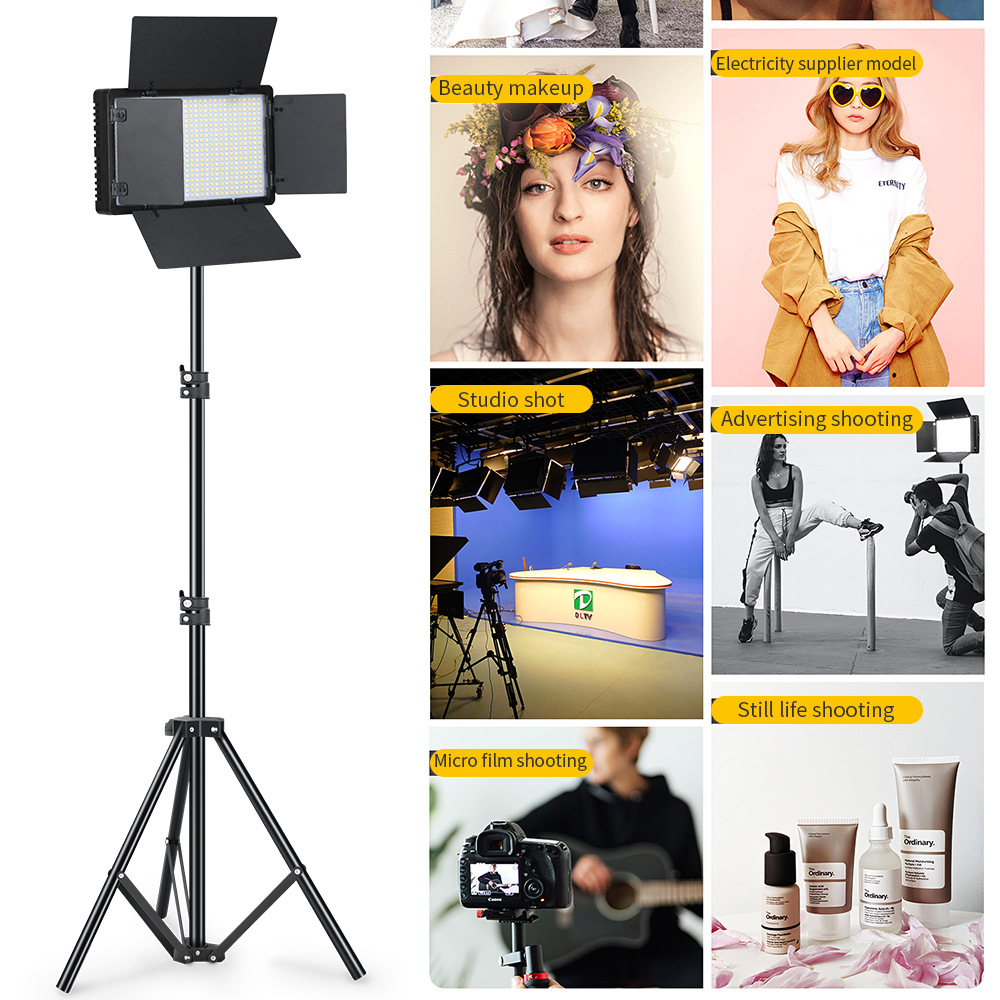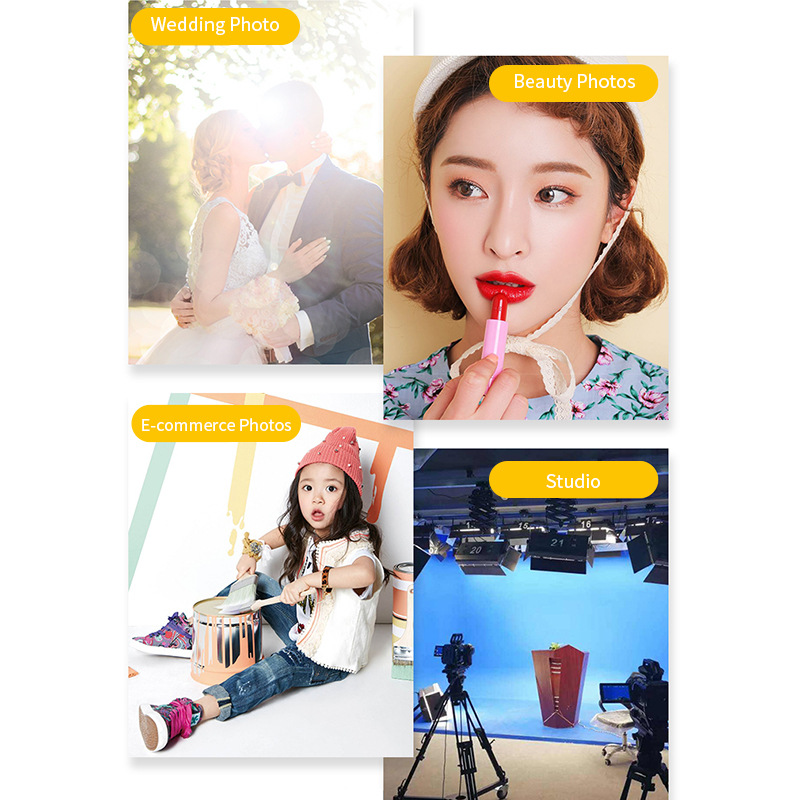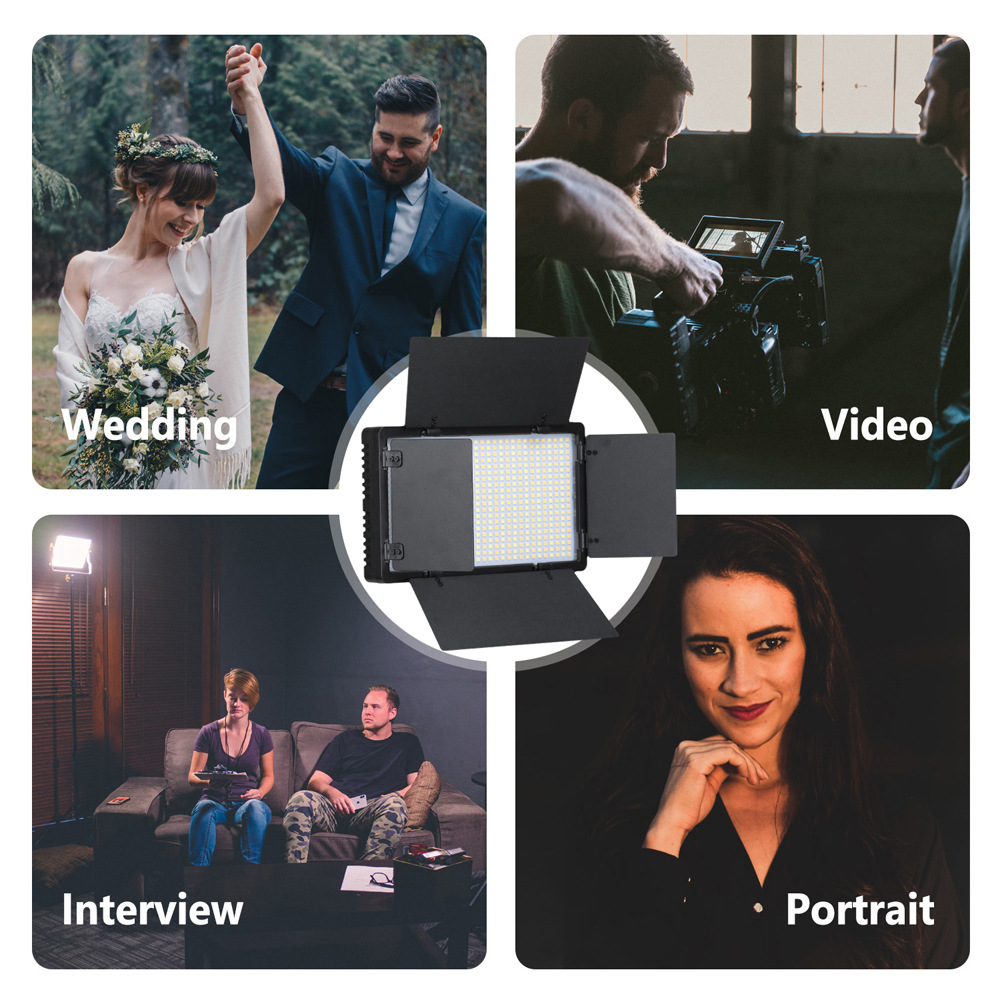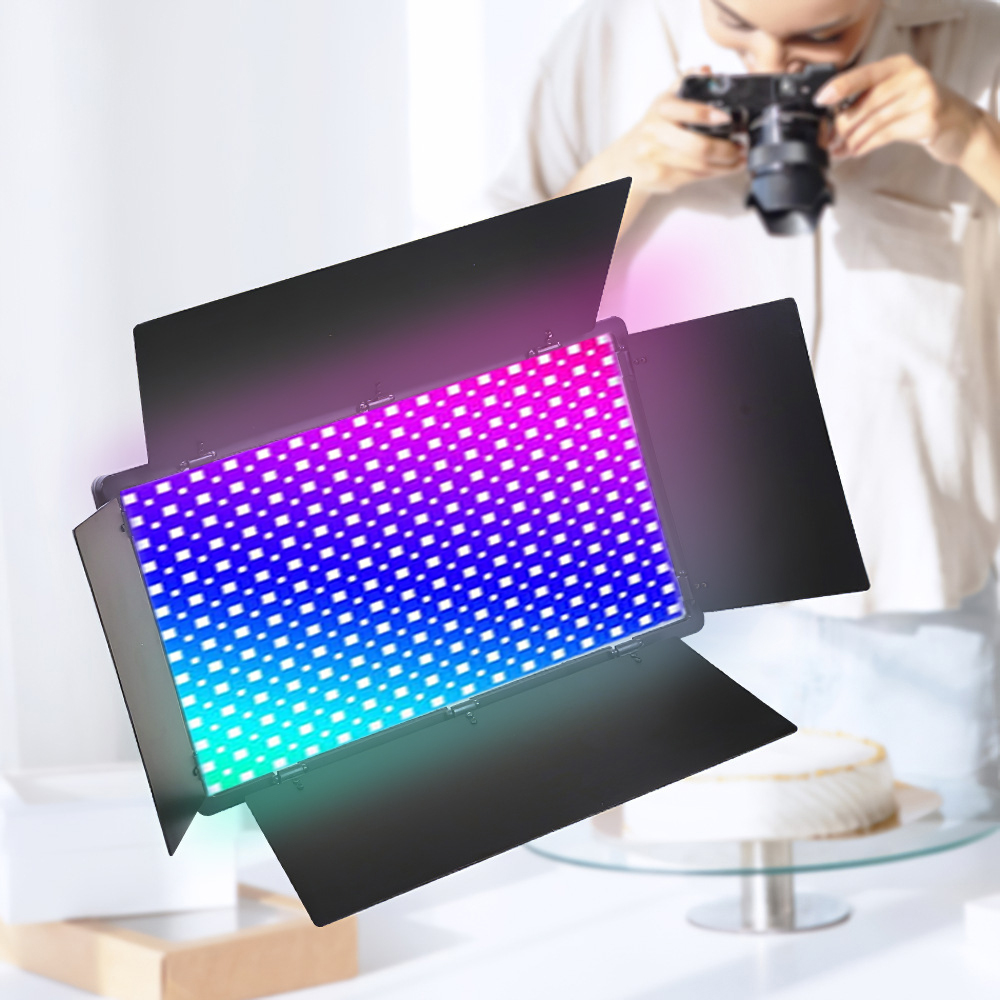The Art of Indoor Photography Lighting: Techniques for Crafting the Perfect Portrait
Introduction
Understanding the Basics of Light
- The direction, intensity, quality, and color temperature of light all affect the atmosphere and emotional expression of a portrait.
Setting the Key Light
- The key light is the primary light source in portrait lighting, typically positioned at a 45-degree angle in front of the model to avoid flat frontal lighting.
Utilizing Fill Light
Fill light is used to soften the shadows created by the key light, making the light appear more gentle and reducing contrast.

Techniques for Background Light
- Background light can separate the model from the background, enhancing the sense of depth and dimension in the photo.
Creating Catchlights
- Catchlights are a key element in portrait photography, giving life to the photo. They can be created by adjusting the position of the key light or using a reflector.
Controlling Shadows and Contrast
- Adjust the distance between the light source and the model to control the length and depth of shadows, achieving the desired contrast.
Using Light Shaping Tools
- Light shaping tools such as softboxes, grids, and flags help photographers precisely control the distribution of light.
Adjusting Color Temperature
- Adjust the color temperature of the photography lights according to the indoor lighting conditions to ensure natural and accurate skin tones.
Practice and Fine-Tuning
Indoor lighting is a process of continuous practice and fine-tuning. Observe and adjust to find the optimal lighting effect.



